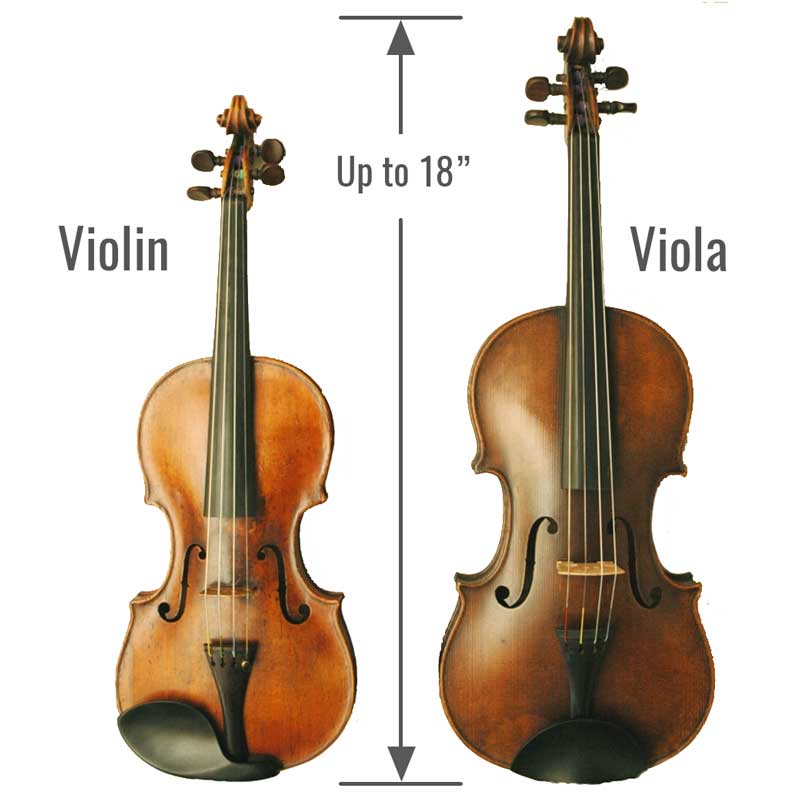
- Four octave range how to#
- Four octave range full#
Where is your voice most comfortable? Where do the notes stop sounding great even though you can still squeak them out? We’re here to help you out!īefore we break down each of the voice types, you should be familiar with the numbering system on a keyboard. You may be able to reach notes within more than one vocal range, but when it comes to making a decision, comfort is key. Generally speaking, your vocal range is the lowest note you can sing to the highest note you can sing. If you haven’t, you may have wondered which voice “type” fits you. If you’ve been part of a choir before, you’re probably pretty familiar with these ranges. Those who can reach the vocal fry and whistle registers may have pitch notation numbers for those as well, always ranging from the lowest notation note to the highest.Though everyone’s range is specific to their voice, most vocal ranges are categorized within 6 common voice types: Bass, Baritone, Tenor, Alto, Mezzo-Soprano, and Soprano.
Four octave range full#
The full expression of your vocal range will include three of four different scientific pitch notation numbers, including your lowest note, highest note in modal voice, and highest note in head voice. Hence, the first A note that appears higher than Middle C (C 4) will be A 4, not A 5. This means that though the lowest pitch on the far left-hand side of a keyboard is A 0, the first "C" that occurs two white keys to the right is C 1 and so on. Since the Key of C is the only major key with no sharps or flats (and, thus, uses only the white keys on a piano), scientific pitch notation counts octaves starting with "C" notes rather than "A" notes. What we deem "Middle C" on a piano is actually C 4 in scientific pitch notation. For instance, the lowest pitch on most pianos is A 0, making the next octave above it A 1 and so on. Scientific pitch notation is a standardized way of writing and understanding musical notes using letters (that identify the notes, A through G) and ordinal numbers (that identify the correct octave, from low to high, starting with zero on up). Think: the infamous highest notes in a song like "Lovin’ You" by Minnie Riperton or "Emotions" by Mariah Carey. The whistle register is an extension of the head voice, but its timbre is distinctly different, sounding not unlike, well, a whistle. Just as the "vocal fry" register extends to super-low notes for some men, the "whistle register" extends to super-high notes for some women. These notes are produced by floppy, vibrating vocal folds that create low, creaking or croaking notes. For some very low-voiced males, the lowest vocal register, called "vocal fry" is also added, but many people cannot even reach this low end. Falsetto-the voice most people use when impersonating female opera singers-is included in the head-voice register. It’s called "head voice" because it refers to those notes that feel the most resonant in one’s head and have a distinct ringing quality. Your head voice includes the high end of your range, produced with elongated vocal folds. The range of notes that you can hit comfortably in your modal voice comprise your "tessitura." 
These are the notes you can reach without adding a low, breathy or high, falsetto quality to your voice.
Your modal (or chest) voice is essentially your comfortable singing range when the vocal folds are in their natural manner of action. Accurately assessing your vocal range requires investigating the breadth of more than one type of vocal register, primarily those of your "modal" and "head" voices, and, in special cases, those of your "fry" and "whistle" voices. Each register has a distinct timbre and is produced by a different action of your vocal cords. You can divide range classifications into categories based on their respective vocal registers. 

Four octave range how to#
The goal is to find the lowest note you can still sing comfortably, so do not count notes that you cannot sustain.įigure out how to distinguish between vocal registers. If you’re a man, play a C3 on the piano, and go down one key at a time from there. If you’re a woman, start with an easy C4 (middle C on the piano), and work your way down the keys, matching each note until you hit your lowest. Instead of trying to pull your lowest note out of thin air, start by singing a higher note on a consistent vowel sound (like "ah" or "ee" or "oo") and work your way down the scale into your lowest registers. You should also not have to "breathe" the note that is, its tone quality should match that of the rest of your chest voice and not have a breathy or scratchy sound. Start by figuring out what the bottom end of your natural range is by locating the lowest note that you can sing comfortably without your voice croaking or cracking. Find the lowest note you can sing in your normal (modal) voice for 3 seconds.







 0 kommentar(er)
0 kommentar(er)
